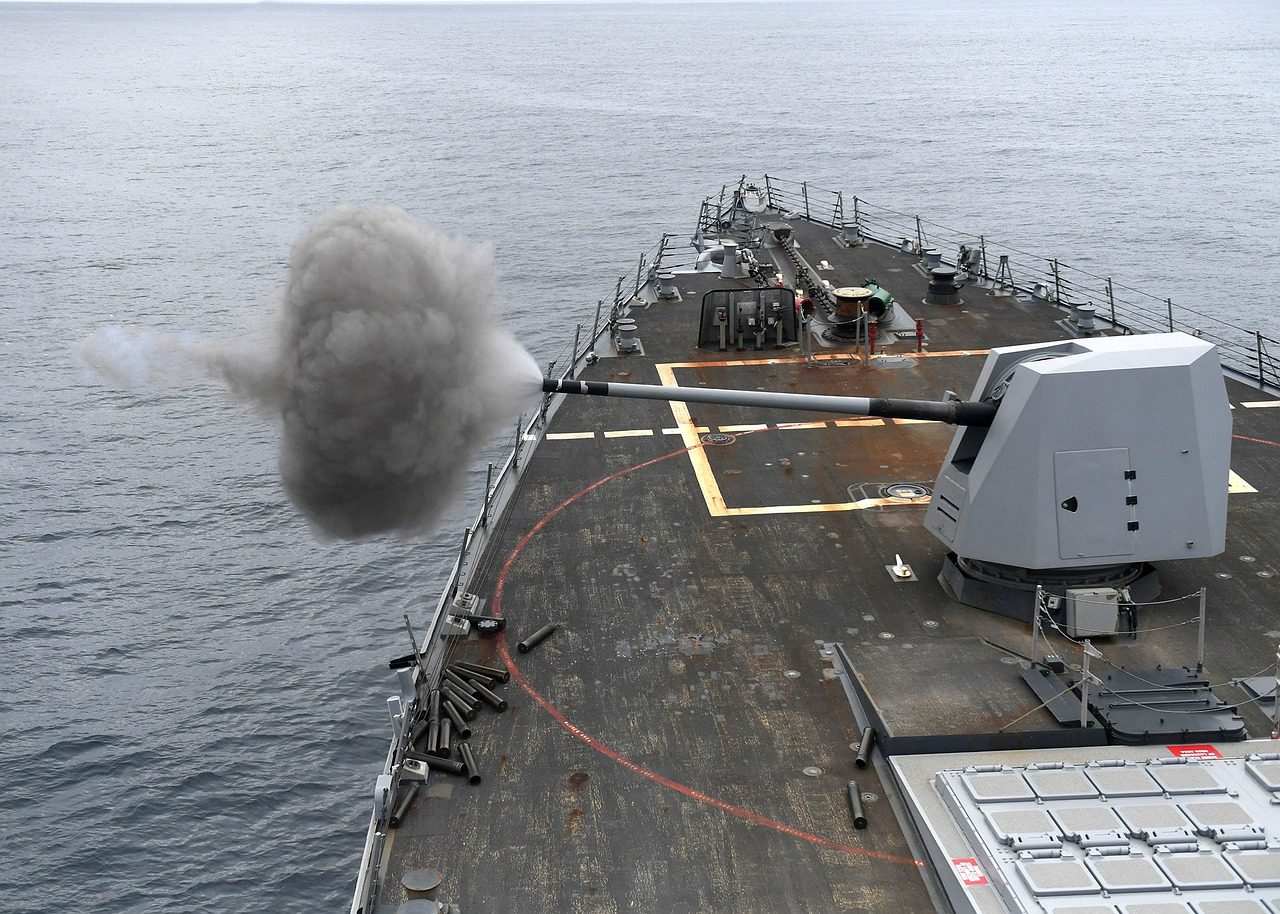No products in the cart.

The escalation continues between North Korea, South Korea, and the U.S. Missile launches by both sides have increased in recent days, so far without casualties as they are, for the time being, meant for intimidation. They are, however, indicative of a rapidly deteriorating climate in this part of Asia.
Two successive North Korean missile launches occurred on September 24th and 25th in the Sea of Japan, putting the U.S. Indo-Pacific fleet and the South Korean army on alert.
On Tuesday, October 4th, the North Korean army repeated the experiment by launching an intermediate-range ballistic missile, which flew over Japan. The missile flew about 4,500 km at an altitude of 970 km. According to experts and officials, the missile was a nuclear-capable Hwasong-12, prompting the Japanese authorities to issue an alert to the people of northern Japan, asking them to take cover. Twelve North Korean aircraft also flew over the area in combat formation.
South Korea and the United States responded on the same day with precision strike drills and then on Wednesday, October 5th, by launching several missiles into the sea. The South Korean and U.S. armies each fired two short-range ballistic missiles “to accurately strike a virtual target” in the Sea of Japan. The stated aim, in the words of a statement from the South Korean General Staff, is to show “that we are capable and ready to neutralise the origin of the provocation while maintaining a constant monitoring position.” A fifth missile was unsuccessful, and the device exploded on the ground, fortunately without causing any damage.
An emergency meeting of the UN Security Council was called to discuss the Korean situation. U.S. ambassador to the UN Linda Thomas-Greenfield called for stronger sanctions against Pyongyang. The Chinese ambassador to the UN supported North Korea, accusing the US of “poisoning the regional security environment.” This language is shared by China and North Korea.
The missile launches were justified on Thursday, October 6th, by the North Korean government in a statement as “fair retaliation by the Korean People’s Army against the joint military exercises between South Korea and the United States that are escalating military tensions on the Korean Peninsula.”
But the North Korean missile launch is part of a broader plan by the Pyongyang dictatorship to modernise its armaments. South Korean and American observers warn that the regime is preparing to conduct new nuclear tests. The launch of the missiles is merely a low-intensity provocation strategy designed to attract international attention. Go Myong-Hyun, a researcher at the Asan Institute for Policy studies, told AFP news that by launching the missile over Japan, it was clear that North Korea’s nuclear threat was not just aimed at South Korea. The launch over Japan could theoretically reach the Pacific island of Guam, where the U.S. navy is stationed, so the warning signal is sent primarily to the U.S.
Pyongyang has tested atomic bombs six times since 2006. The latest and most powerful test was in 2017, with an estimated 250 kilotons of power. North Korea’s military doctrine is of particular concern because the Pyongyang regime does not consider such weapons as deterrent tools, never to be used, but as weapons meant to destroy their enemies.